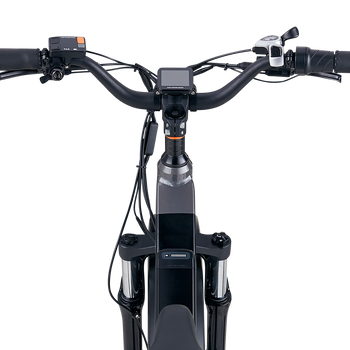Under the commercial sales agreement entered between you and Rad Power Bikes, you must maintain the bikes, batteries, and related parts in accordance with Rad Power Bikes recommendation. This maintenance obligation includes completing the following training materials.
Questions? Email us at b2bsupport@radpowerbikes.com
Share information about your brand with your customers. Describe a product, make announcements, or welcome customers to your store.
Commercial Maintenance Schedule
- Bikes need service based on miles ridden and riding conditions.
- Environmental conditions and how bikes are used impacts how and how quickly bike parts wear down.
- In clean, dry conditions and flat terrain, time between service intervals will be longer.
- In wet, dirty conditions and hilly terrain, time between service intervals will be much shorter.
- Under any conditions, parts of the bike will wear, requiring regular maintenance and eventual replacement.
- The more regular and complete the service each component receives, the longer its lifespan will be.
- Irregular or improper service can cause all sorts of spectacular and expensive failures, which are not covered by warranty.
- A well-maintained bike will work better for longer than you think, while a poorly-maintained bike will fail faster than you may have expected.
- A good maintenance program is the core of a successful bicycle fleet operation.
- A fleet operation requires professional service. If you need assistance locating a professional service partner:
Please reach out directly to Rad Power Bikes Commercial Product Support
Notice
The Commercial Maintenance Schedule should be actioned by a service professional.


